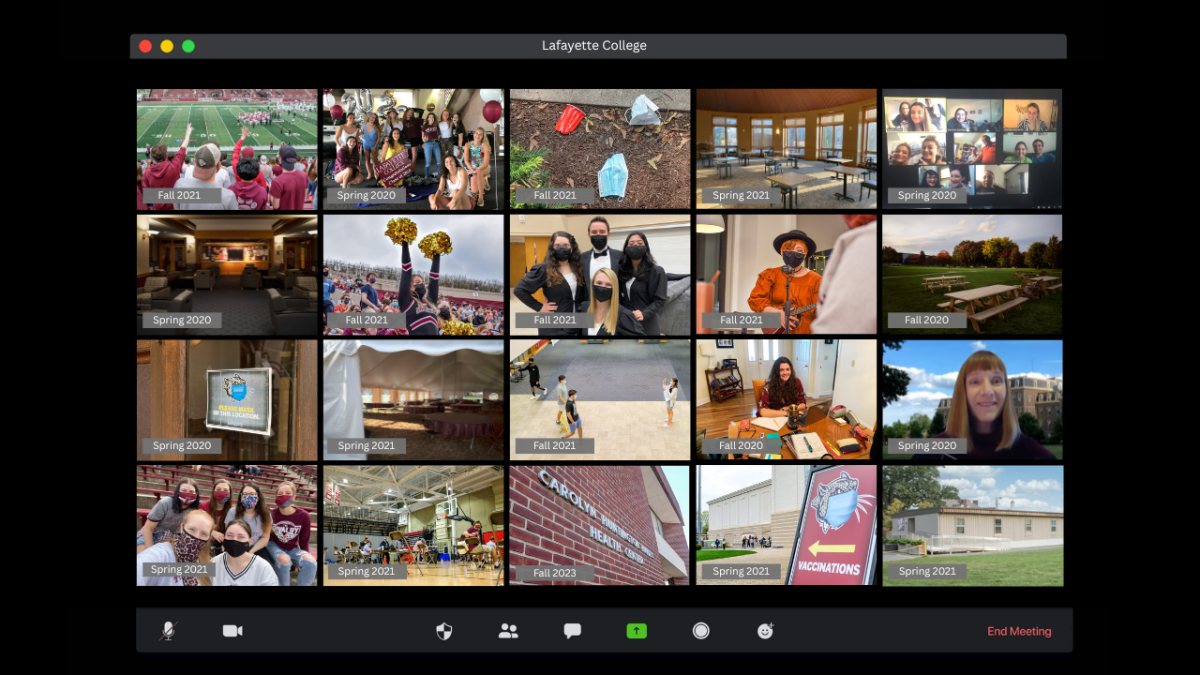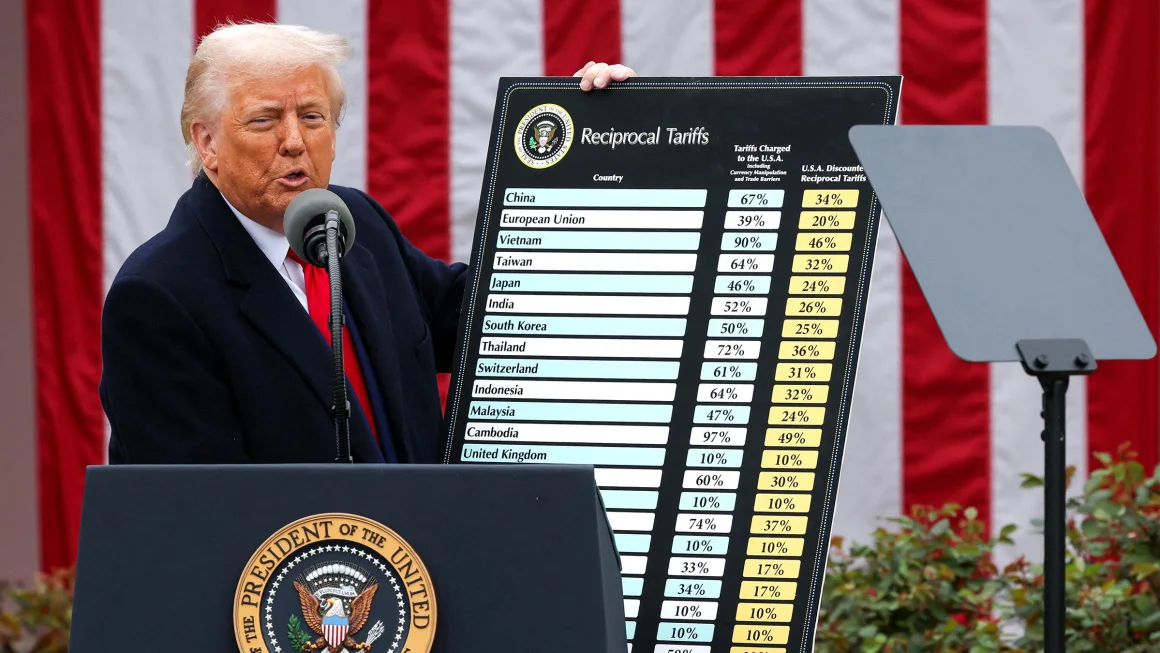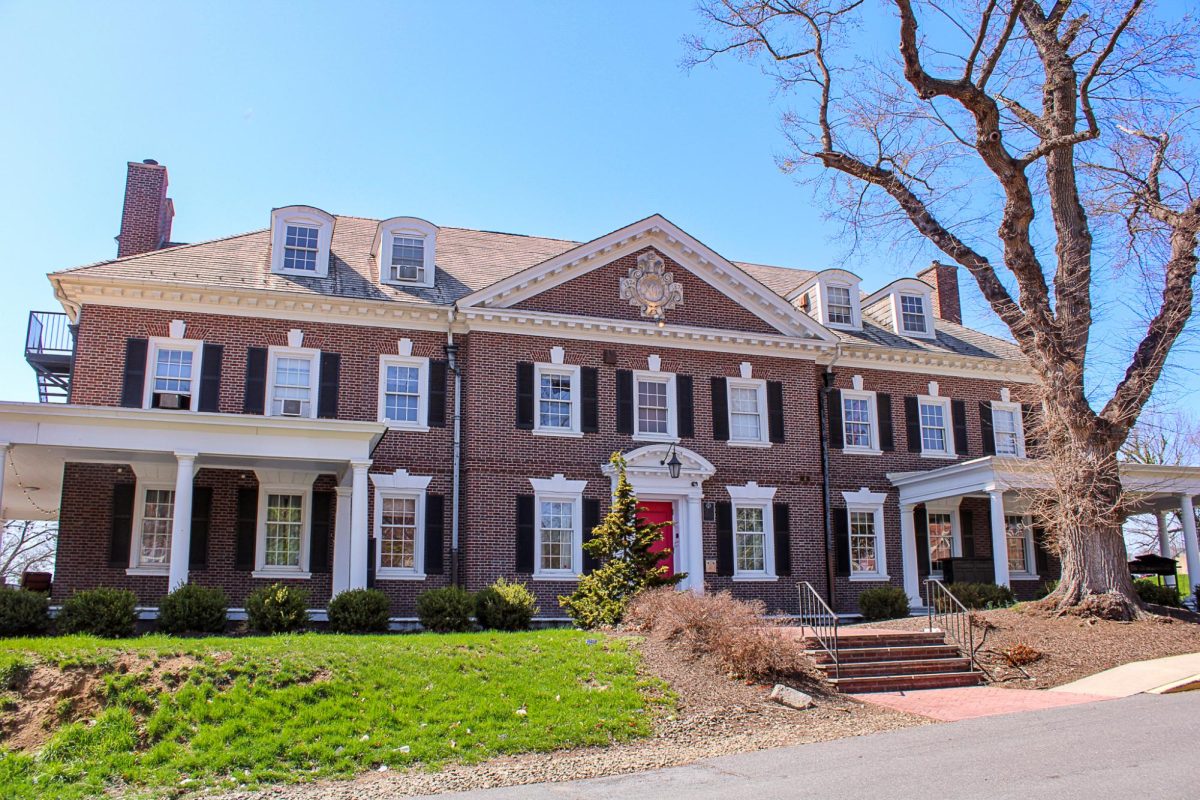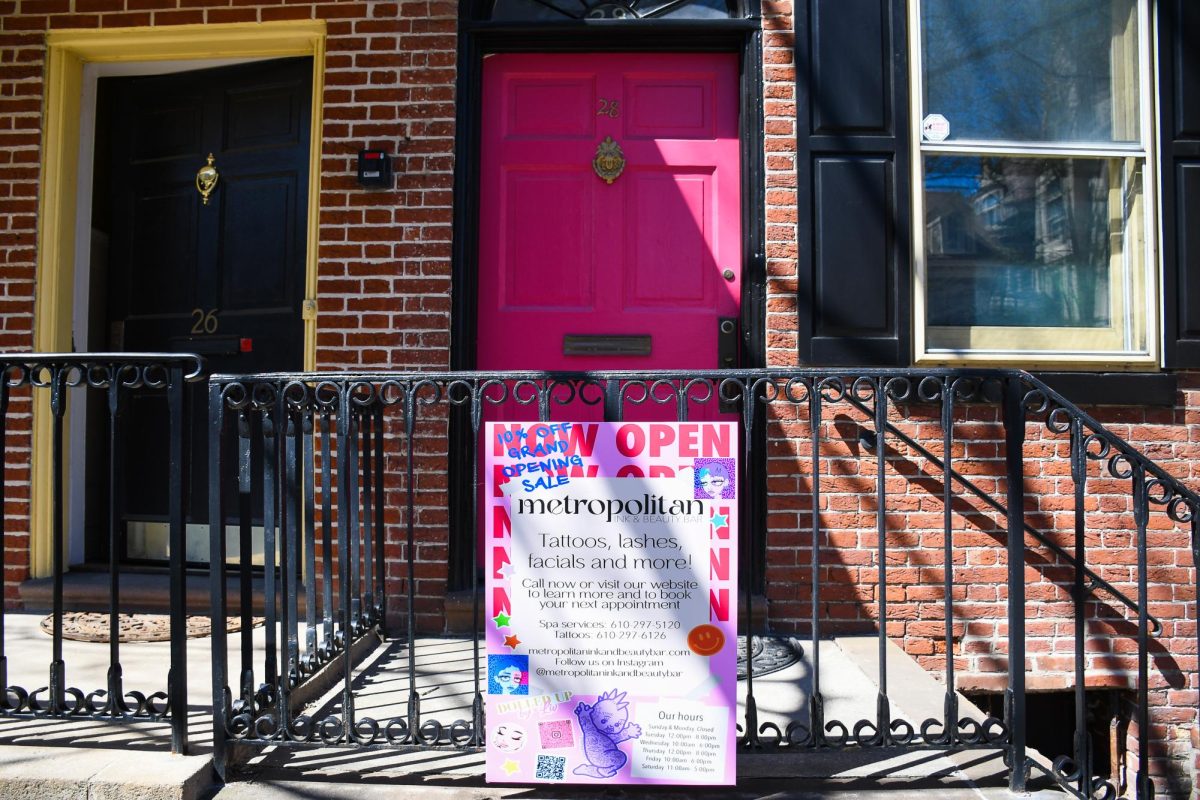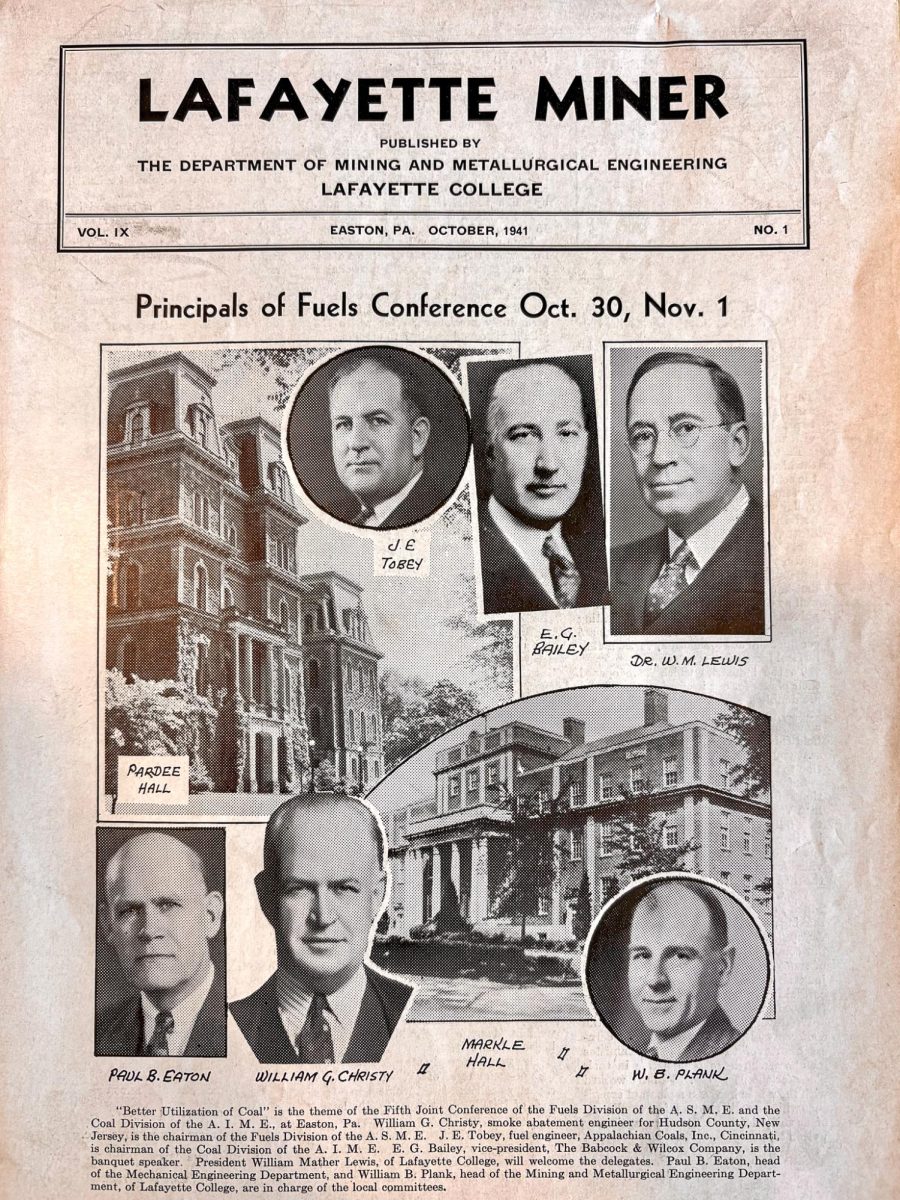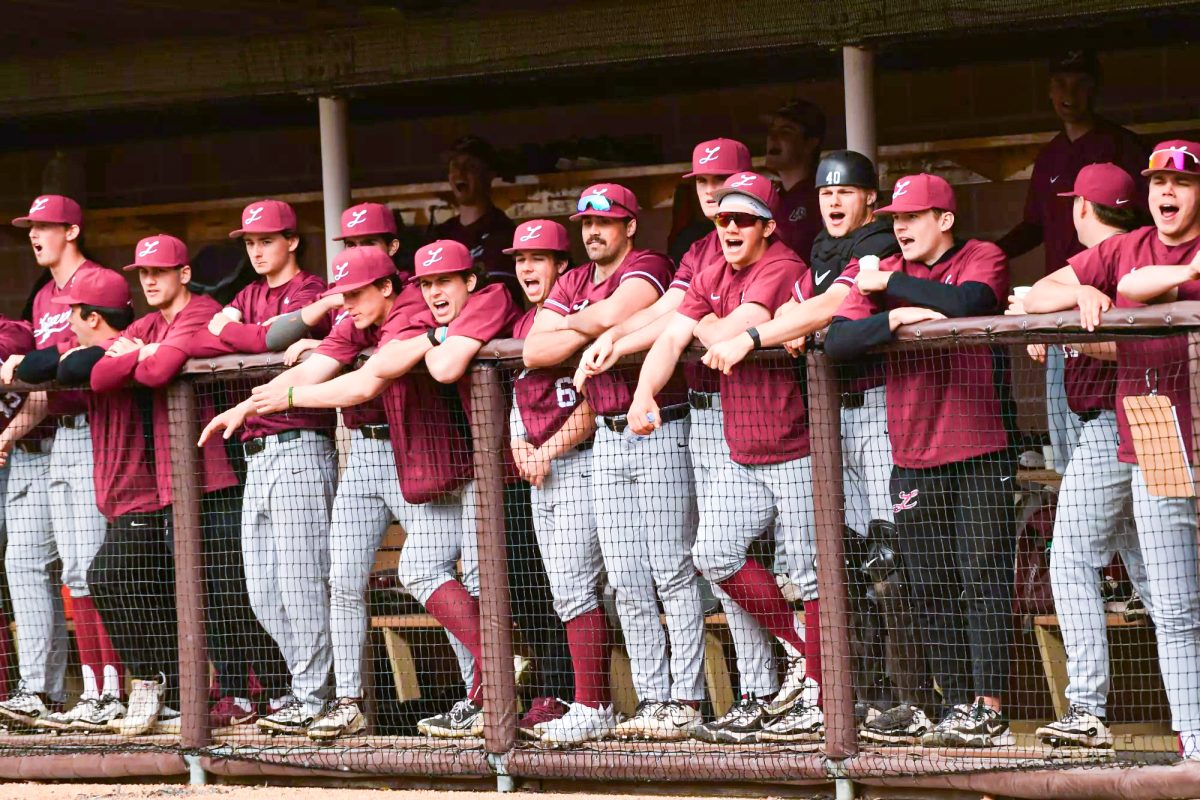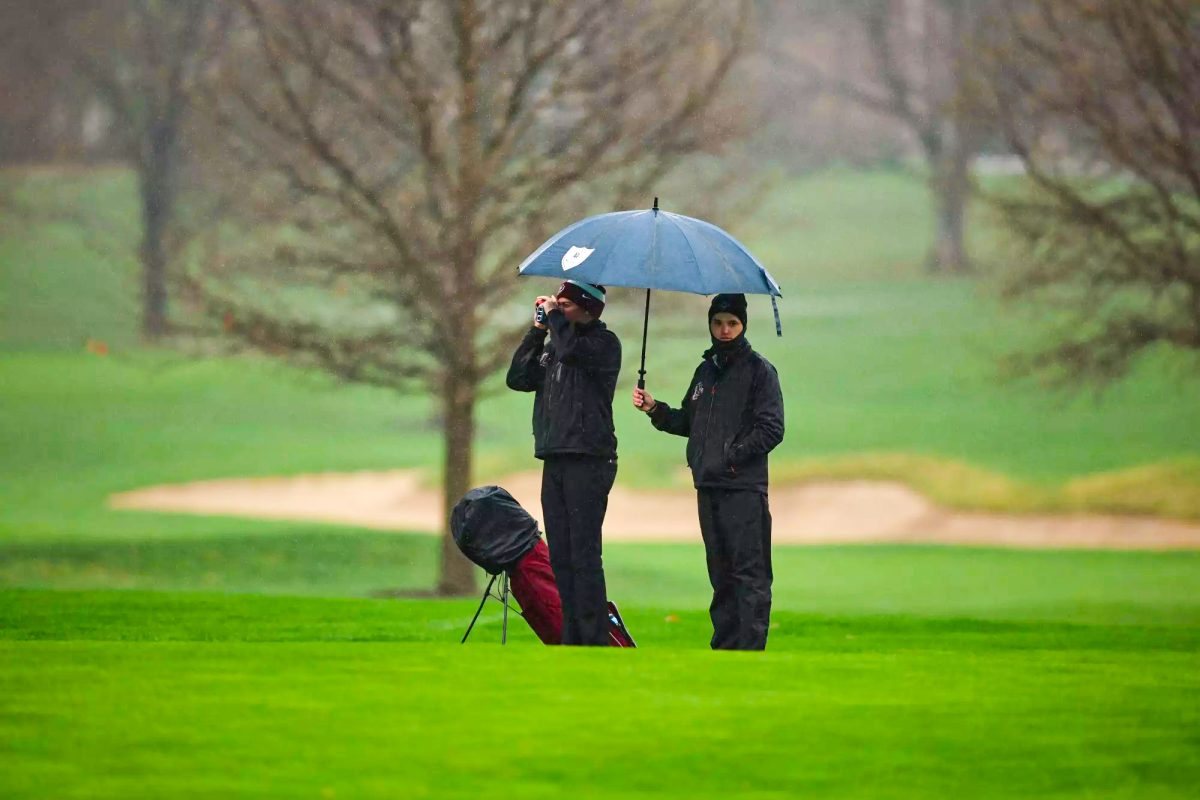Op-Ed: The illusion of safety
September 24, 2021
Last week I obtained documents detailing the air exchange data for 174 rooms on the college’s campus, including all classroom spaces. To put it bluntly: it ain’t pretty.
To be fair, the college has never claimed that our classroom air exchanges are safe. Instead, we’ve been told that the college has enhanced “air filtration in numerous buildings by installing MERV-13 filters,” has installed “approximately 80 HEPA filters in classrooms without central filtration,” and had “an outside consultant with expertise in airflow evaluate the air exchanges in our classrooms.” The suggestion, though, is that the air exchanges of our classrooms are safe. Concerningly, in many rooms, this is not the reality.
Out of the 174 rooms recorded on the documents I received, it is possible that up to 72 learning spaces (classrooms, labs, seminar rooms, etc.) on campus do not have safe air exchange levels. This means that up to 41% of all learning spaces on campus may have unacceptable air changes per hour (ACH). With the college’s distributing 80 portable air cleaners (PACs) to classrooms without central filtration, the number of rooms with unacceptable ACH may be closer to 54 rooms, 30% of all learning spaces on campus. That’s still a profoundly alarming number.
The college uses the Harvard School of Public Health’s Risk Reduction Strategies for Reopening Schools Report as a benchmark for evaluating our classroom air exchanges. This report makes compellingly clear that, at an absolute minimum, a classroom must have five ACH to have safe ventilation levels.
One helpful analogy might be Lafayette’s grading scale: above six ACH is “excellent,” and would earn an A; six ACH alone is “good,” and would earn a B; five to six ACH is “satisfactory,” and would earn a C; and anything below five ACH means you probably won’t earn credit or might even fail the class. As of now, many classrooms are earning a failing grade.
Some classrooms, even before COVID-19, had sufficient ventilation. Others, now equipped with a PAC, have just passed the threshold of five ACH. However, the most distressing aspect of this issue is that for many of the rooms where a PAC has been installed, if the room didn’t already have acceptable ACH before the installation of the PAC, it still doesn’t have acceptable ACH. In short, it is “safety theater”: the illusion of safety is created by the presence of these PACs, but these very same rooms remain unsafe.
If you’d like to download all 178 recorded air exchanges on Lafayette College’s campus, as well as the possibly 72 recorded insufficient air exchanges, please visit sites.lafayette.edu/potterjd/air-exchanges. On this webpage, you can also learn how to calculate the ACH of classroom spaces, find specific information on the PACs which the college has installed and review additional readings and research.

